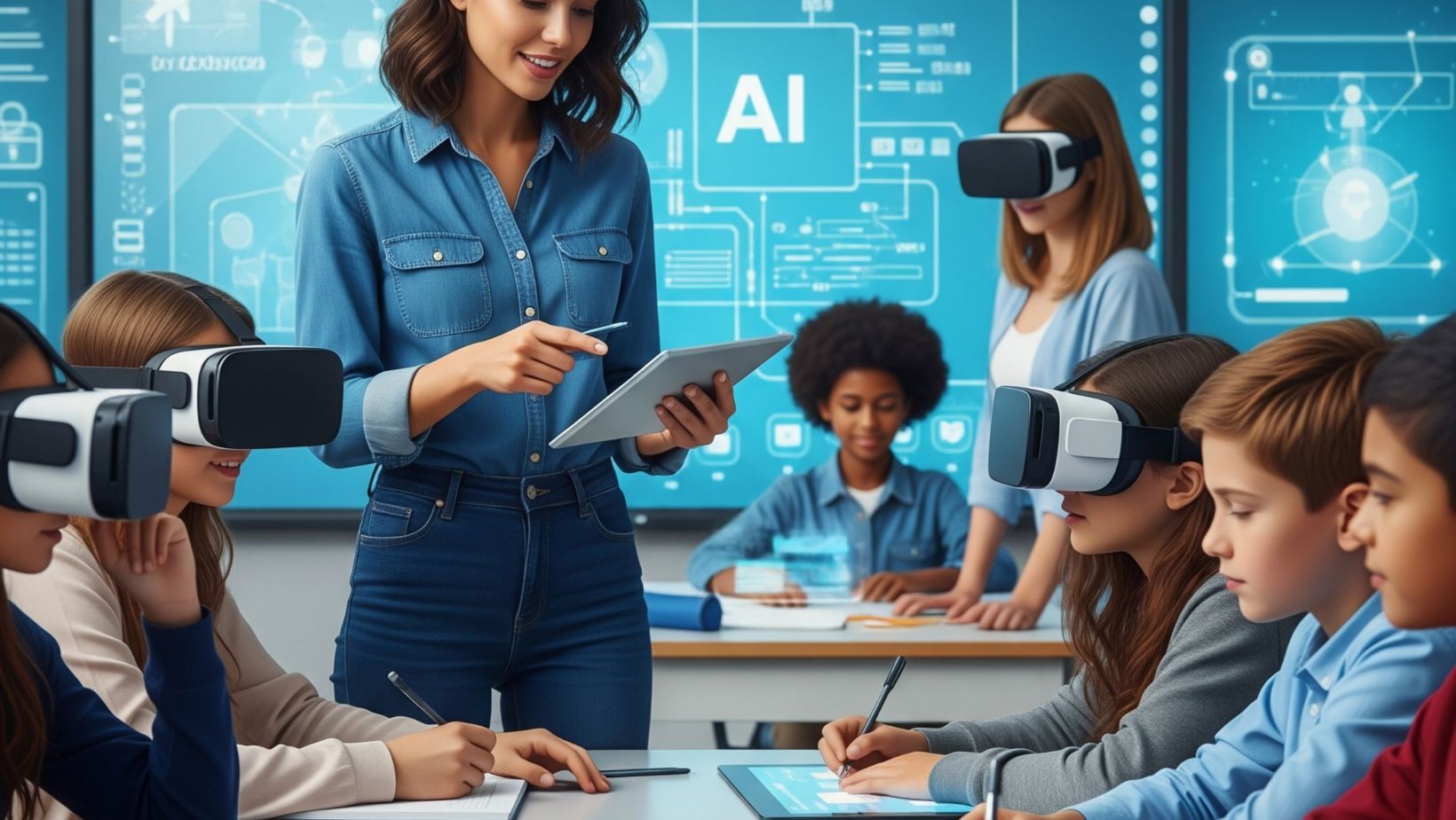The rising prominence of artificial intelligence in this day and age might be giving people headaches, or it may sound like something reserved for research labs or high-tech industries. However, it’s already a major part of daily life.
From the moment you unlock your phone in the morning to the instant a streaming app recommends your next favorite show, AI is quietly operating in the background. It’s not flashy or mysterious; it’s useful and it’s shaping the world around us in ways most people barely notice.
The Everyday Assistant
For some years now, smartphones have used facial recognition to unlock screens, filters to enhance photos, and predictive text to finish messages before you type them. Users may have experienced facial recognition security when accessing online casinos that offer titles like 88 Fortunes. These small conveniences come from machine learning systems trained on millions of examples, learning how people write, talk, and interact.
Voice assistants like Alexa, Siri, and Google Assistant have also turned AI into a household tool. What started as a way to check the weather or play music has evolved into full digital management systems. These assistants can control smart lights, adjust thermostats, set reminders, and place grocery orders. AI enables these systems to adapt to your routines by remembering things like your preferred evening temperature or your usual coffee time.
This kind of everyday integration shows how artificial intelligence has moved from being experimental to essential. It isn’t about robots taking over jobs or complex algorithms running behind the scenes. It’s about creating systems that make life simpler and more connected.
Smarter Shopping
Retail is one of the biggest areas where AI has taken hold. Online stores use it to tailor shopping experiences for every user. When you browse Amazon, for example, every product suggestion, ad placement, and delivery route involves AI decision-making. Machine learning predicts what you might want based on previous purchases and the habits of similar customers.

In physical stores, AI plays a growing role too. Some supermarkets are now using smart cameras to track stock levels, analyze customer traffic, and reduce waste. Self-checkout systems are becoming more accurate thanks to computer vision, too, and some stores are even testing AI-powered “just walk out” shopping. This is where sensors and algorithms track what you pick up and charge you automatically. Behind the scenes, AI is also helping companies manage supply chains, forecast demand, and prevent fraud.
Entertainment, Tailored to You
The entertainment industry has embraced AI more than most. Streaming services like Netflix and Spotify use algorithms to predict what you’ll want next, while digital gaming titles showcase how AI can enhance aspects such as visuals and sound through responsive design and adaptive experiences. They analyze what you’ve watched or listened to, how long you stayed engaged, and what others with similar tastes enjoy. The goal is simple: to keep you entertained without you needing to think about what to pick.
In music, AI is not only recommending songs but also creating them. Musicians and producers use AI tools to generate melodies, mix sounds, or master tracks. It can even help identify which songs have the most potential to become hits based on listener data.
In film and television, AI tools assist with editing, color correction, and even script analysis. Studios use predictive analytics to estimate how successful a movie might be before it’s released. These tools aren’t replacing creativity; they’re supporting it, helping creators understand audiences better and streamline their work.
Behind the Wheel
AI is also changing how Americans get from one place to another. Many newer cars now come with AI-based driver-assist systems that help with braking, parking, and lane control. Navigation apps like Google Maps and Waze use real-time data, powered by AI, to predict traffic conditions and suggest the fastest routes.
The technology goes further than personal vehicles. City planners use AI to monitor traffic flow and reduce congestion. Some cities are experimenting with adaptive traffic signals that respond automatically to demand, reducing waiting times and subsequent emissions when vehicles are idle.
Public transport networks are also benefiting. AI helps optimize train schedules, predict maintenance needs, and prevent delays.
The Invisible Helper
AI isn’t just visible in products or apps – it’s also behind the scenes in the systems that keep society running. Power companies use AI to predict energy demand and prevent blackouts. Banks rely on it to detect unusual spending patterns and stop fraud before it happens. Even waste management systems use AI to sort recycling more efficiently.
The beauty of modern AI is its subtlety. It doesn’t need to announce itself. It’s embedded in the digital systems that make life smoother, faster, and often safer. The reason it doesn’t feel exciting is because it’s designed to feel natural.
Not Science Fiction, Just Science
Artificial intelligence used to be imagined as robots with human personalities or computers plotting world domination. In reality, it’s far more practical and human-centered.
The future of AI won’t necessarily look like the movies. It will continue to evolve quietly, solving small problems and connecting the dots between systems that never used to communicate. It will keep learning from the ways people live, work, and interact.

AI isn’t boring because it’s already everywhere. It doesn’t need to be dramatic to make a difference. It’s in the lights that turn on when you walk into a room, the map that updates your commute, and the device that reminds you to call your mother. It’s part of modern life, and no doubt for most people, it’s already impossible to imagine a world without it.

